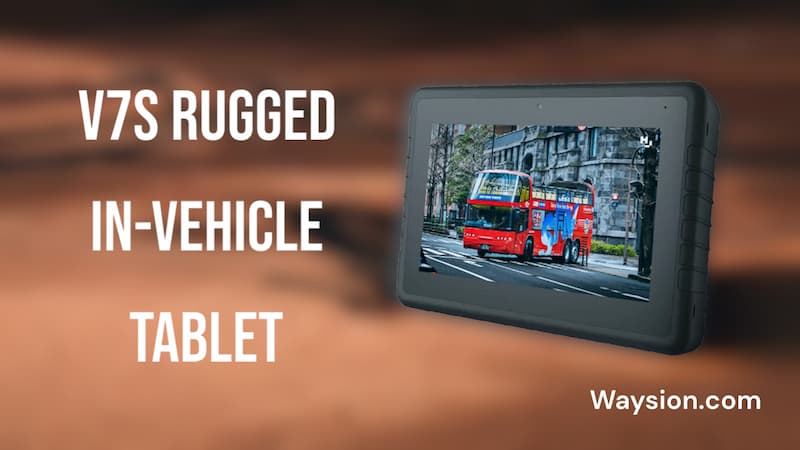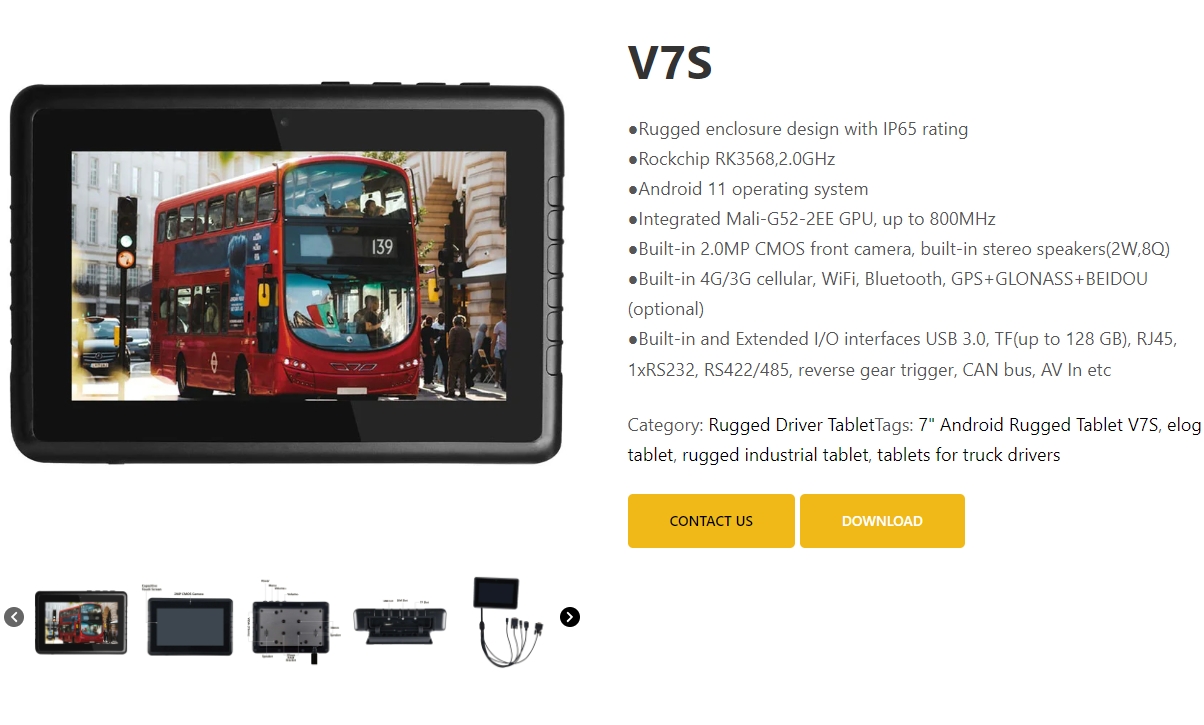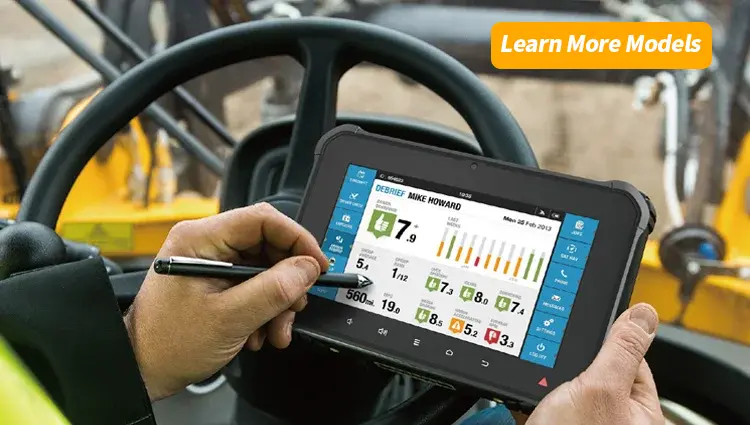How to Choose a 7-Inch Rugged Tablet for Your Needs
Selecting the right 7-inch rugged tablet requires careful consideration of your specific needs and the environment in which it will be used. This guide helps navigate the key factors to ensure you choose a device that meets your expectations for durability, performance, and functionality.
Why a 7-Inch Rugged Tablet?
7-inch rugged tablets offer a compelling balance of portability and screen real estate. Their compact size makes them ideal for one-handed operation and easy transport in confined spaces, while still providing sufficient screen area for most applications. This size is particularly beneficial in industries where maneuverability and ease of use are paramount. However, the smaller screen size might not be suitable for tasks requiring extensive data visualization or complex interactions.

Key Features to Consider
Ruggedness and Durability: The core element of a 7-inch rugged tablet is its ability to withstand harsh conditions. Look for tablets with high Ingress Protection (IP) ratings (e.g., IP67 or IP68 for dust and water resistance) and MIL-STD-810G certification, indicating its ability to survive drops, shocks, and extreme temperatures. Consider the specific environmental challenges you anticipate—extreme temperatures, vibrations, or potential drops—and choose a tablet that meets those requirements. Search for terms like “7-inch rugged tablet IP68 rating” or “MIL-STD-810G certified 7-inch tablet” to refine your search.
Processor and RAM: The processor and RAM determine the tablet’s processing power and responsiveness. For demanding applications like data collection or video streaming, a more powerful processor and ample RAM are essential. Consider the specific software and applications you’ll be using to determine the necessary processing power.
Battery Life: Extended battery life is crucial for field use. Look for tablets with high-capacity batteries capable of lasting a full workday on a single charge. Consider the intensity of use and the availability of charging opportunities when evaluating battery life.
Connectivity: Assess your connectivity needs. Wi-Fi is essential, but consider cellular data (4G LTE or 5G) for off-site connectivity. Bluetooth is useful for peripherals like barcode scanners or keyboards. GPS is necessary for location-based applications. Consider searching for “7-inch rugged tablet with 4G LTE” or “7-inch rugged tablet with GPS“.

Operating System:
Android and Windows are the most common operating systems for rugged tablets. Android offers a wider range of applications, while Windows provides greater compatibility with enterprise software. Consider your software requirements and familiarity with each operating system.
Storage Capacity: Evaluate your data storage needs. Sufficient storage is crucial for storing applications, data, and media.
7-inch rugged tablet FAQs
- What are some popular brands of 7-inch rugged tablets?
Several reputable brands offer 7-inch rugged tablets, including but not limited to: Panasonic, Zebra, Getac, and Honeywell.
- How much should I expect to pay for a 7-inch rugged tablet?
Prices vary greatly depending on features and specifications. Expect to pay anywhere from a few hundred dollars to over a thousand dollars.
- Are 7-inch rugged tablets suitable for all applications?
While versatile, 7-inch rugged tablets may not be suitable for applications requiring large screen real estate for data analysis or complex visualizations.
- What is the difference between an IP67 and IP68 rating?
Both ratings indicate dust-tightness, but IP68 offers greater water resistance, typically allowing for submersion in water under specific conditions. Refer to the manufacturer’s specifications for details.
- How can I ensure the tablet is compatible with my existing software?
Check the tablet’s specifications and operating system compatibility with your software before purchasing. Contact the manufacturer or retailer if you have any doubts.
Conclusion
Choosing the right 7-inch rugged tablet involves careful consideration of your specific needs and the challenges of your work environment. By focusing on durability, performance, and essential features, you can select a device that enhances productivity and reliability in even the most demanding situations. Remember to thoroughly research different models and compare specifications before making your final decision.








